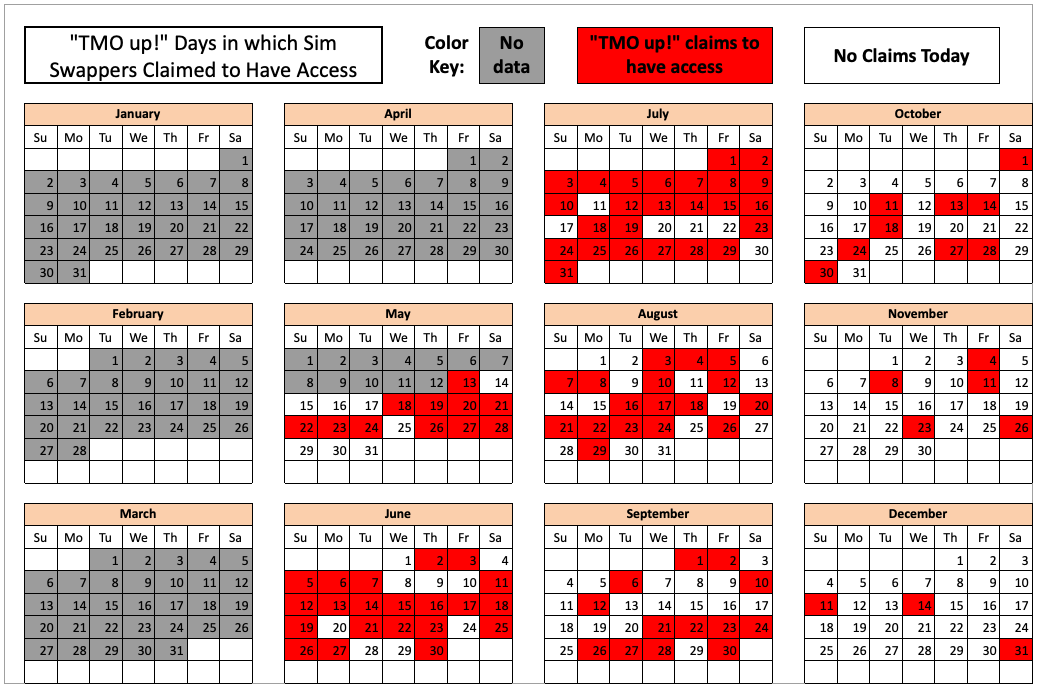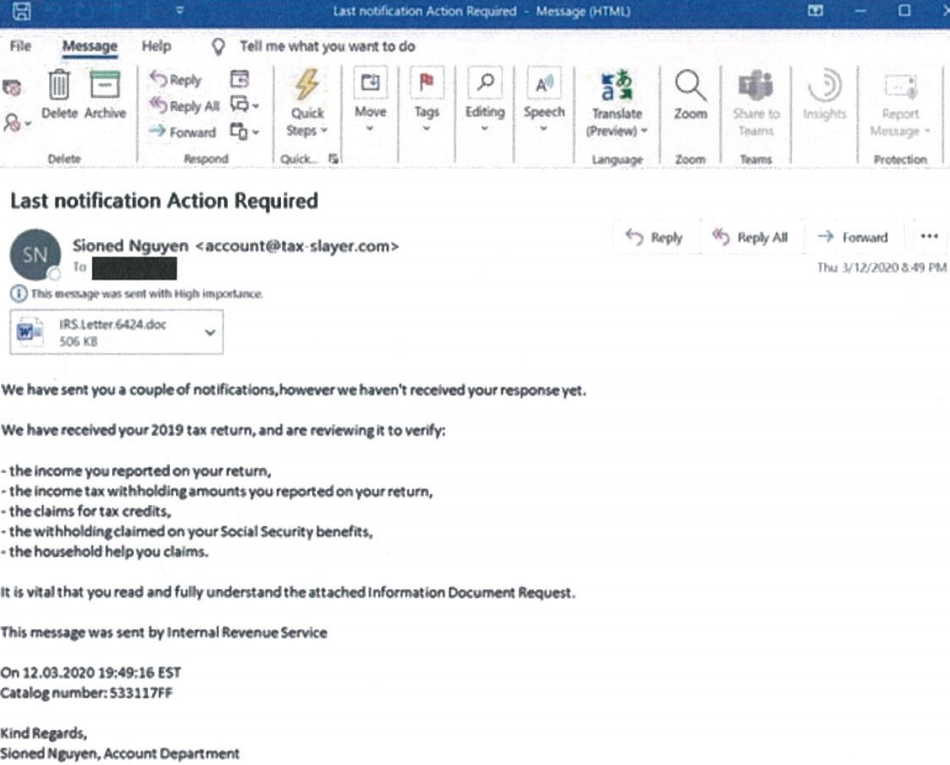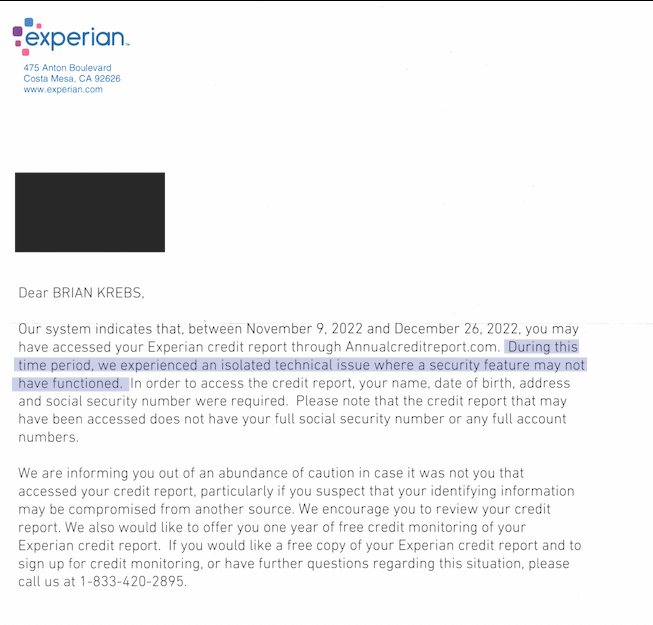The Biden administration today issued its vision for beefing up the nation’s collective cybersecurity posture, including calls for legislation establishing liability for software products and services that are sold with little regard for security. The White House’s new national cybersecurity strategy also envisions a more active role by cloud providers and the U.S. military in disrupting cybercriminal infrastructure, and it names China as the single biggest cyber threat to U.S. interests.

The strategy says the White House will work with Congress and the private sector to develop legislation that would prevent companies from disavowing responsibility for the security of their software products or services.
Coupled with this stick would be a carrot: An as-yet-undefined “safe harbor framework” that would lay out what these companies could do to demonstrate that they are making cybersecurity a central concern of their design and operations.
“Any such legislation should prevent manufacturers and software publishers with market power from fully disclaiming liability by contract, and establish higher standards of care for software in specific high-risk scenarios,” the strategy explains. “To begin to shape standards of care for secure software development, the Administration will drive the development of an adaptable safe harbor framework to shield from liability companies that securely develop and maintain their software products and services.”
Brian Fox, chief technology officer and founder of the software supply chain security firm Sonatype, called the software liability push a landmark moment for the industry.
“Market forces are leading to a race to the bottom in certain industries, while contract law allows software vendors of all kinds to shield themselves from liability,” Fox said. “Regulations for other industries went through a similar transformation, and we saw a positive result — there’s now an expectation of appropriate due care, and accountability for those who fail to comply. Establishing the concept of safe harbors allows the industry to mature incrementally, leveling up security best practices in order to retain a liability shield, versus calling for sweeping reform and unrealistic outcomes as previous regulatory attempts have.”
THE MOST ACTIVE, PERSISTENT THREAT
In 2012 (approximately three national cyber strategies ago), then director of the U.S. National Security Agency (NSA) Keith Alexander made headlines when he remarked that years of successful cyber espionage campaigns from Chinese state-sponsored hackers represented “the greatest transfer of wealth in history.”
The document released today says the People’s Republic of China (PRC) “now presents the broadest, most active, and most persistent threat to both government and private sector networks,” and says China is “the only country with both the intent to reshape the international order and, increasingly, the economic, diplomatic, military, and technological power to do so.”
Many of the U.S. government’s efforts to restrain China’s technology prowess involve ongoing initiatives like the CHIPS Act, a new law signed by President Biden last year that sets aside more than $50 billion to expand U.S.-based semiconductor manufacturing and research and to make the U.S. less dependent on foreign suppliers; the National Artificial Intelligence Initiative; and the National Strategy to Secure 5G.
As the maker of most consumer gizmos with a computer chip inside, China is also the source of an incredible number of low-cost Internet of Things (IoT) devices that are not only poorly secured, but are probably more accurately described as insecure by design.
The Biden administration said it would continue its previously announced plans to develop a system of labeling that could be applied to various IoT products and give consumers some idea of how secure the products may be. But it remains unclear how those labels might apply to products made by companies outside of the United States. Continue reading
















